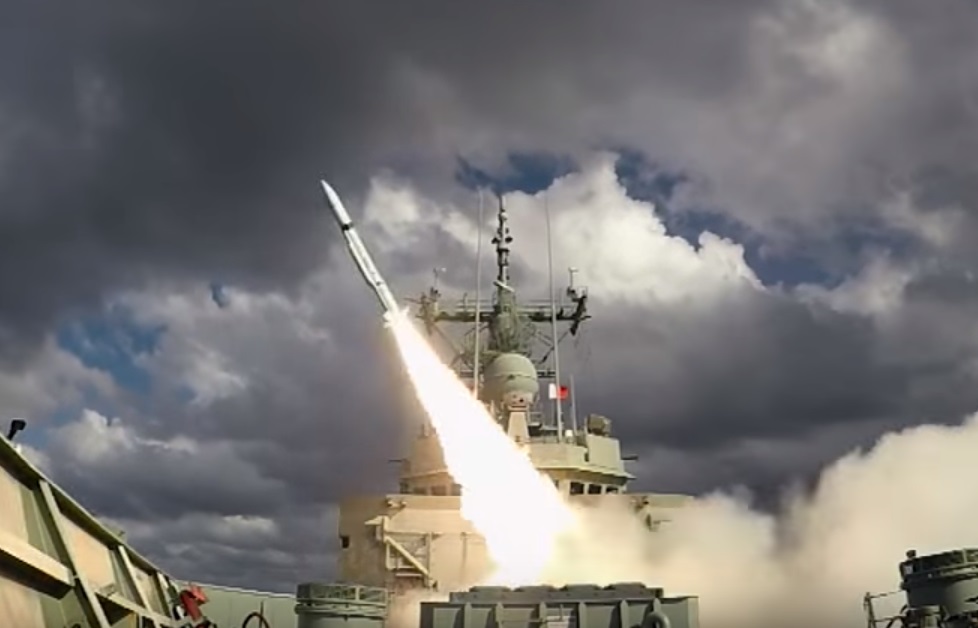
The U.S. Naval Sea Systems Command has awarded $149 million to development of Standard Missile-2 Block IIIC surface-to-air missile.
The contract, announced Friday by the Department of Defense, is covers engineering, manufacturing, and development improved Block IIIC variant of the Standard Missile-2 (SM-2).
According to a statement, Raytheon Missile Systems is awarded a $149,435,507 cost-plus-incentive contract and expected that work will be performed in Tucson, Arizona (85 percent); Wolverhampton, England (6 percent); East Aurora, New York (6 percent); Middletown, Ohio (2 percent); and Englewood, Colorado (1 percent).
The SM-2 Block IIIC is a new variant featuring an active radar seeker and is expected to be deployed by the U.S. Navy surface fleet by October 2022.
New missile system will incorporate the active homing seeker of the SM-6 ERAM into the existing SM-2 airframe. This produces a medium-range missile that can be fired against targets using tactical data supplied from off-board sensors fitted with the Navy’s new Cooperative Engagement Capability , whether fixed radars ashore or the E-2D Hawkeye airborne early warning aircraft embarked aboard U.S. carriers.
According to Raytheon, the Standard Missile-2 is the world’s premier fleet-area air defense weapon, providing superior anti-air warfare and limited anti-surface warfare capability against today’s advanced anti-ship missiles and aircraft out to 90 nautical miles and an altitude of 65,000 feet. The SM-2 missile is an integral part of defense that protects the world’s important naval assets and gives warfighters a greater reach in the battlespace.
The SM-2 missile has extensive area- and self-defense flight test history with more than 2,700 successful flight tests from domestic and international ships.